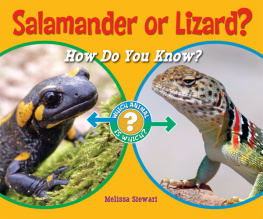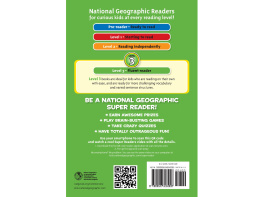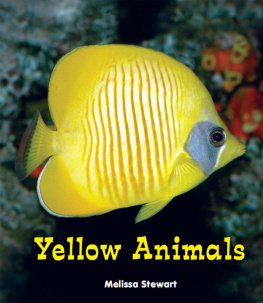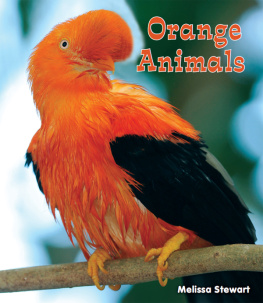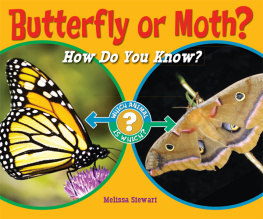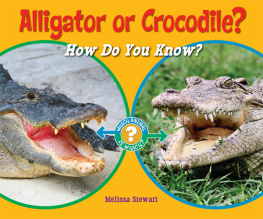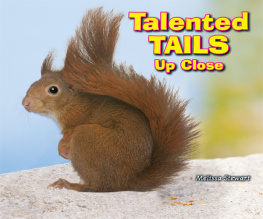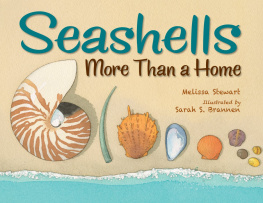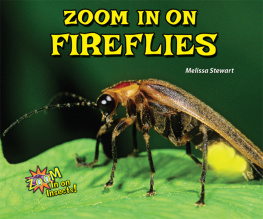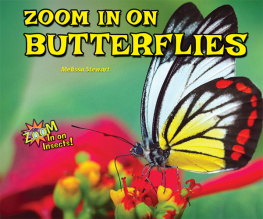Animal Look-Alikes
How can you tell a salamander from a lizard? What is the difference? Find all the tips and hints you need to tell these two animals apart!
"Fun and informative! These books celebrate the delightful differences between animals that seem similar, and invite young readers to learn the important clues that tell them apart."
Helen Hess, PhD, Series Science Consultant
Professor of Biology, College of the Atlantic, Bar Harbor, Maine
"Beginning readers will be fascinated with these fact-filled and easy-to-read books."
Allan A. De Fina, PhD, Series Literacy Consultant
Dean, College of Education/Professor of Literacy Education
New Jersey City University
Past President of the New Jersey Reading Association
Note to Parents and Teachers
The Which Animal Is Which? series supports the National Science Education Standards for K4 science. The Words to Know section introduces subject-specific vocabulary words, including pronunciation and definitions. Early readers may need help with these new words.
About the Author
Trained as both a scientist and journalist, Melissa Stewart is the award-winning author of more than 100 books for young readers. While gathering information for her books, Melissa has explored tropical forests in Costa Rica, gone on safari in Kenya and Tanzania, and swum with sea lions in the Galpagos Islands.

amphibian (am FIH bee uhn)An animal that has a backbone and spends part of its life in the water and part on land.
moist (MOYST)A little bit wet.
reptile (REP tyl)An animal that has dry, scaly skin, lungs, and a backbone. It hatches from an egg that its mother laid on land.
tadpole (TAD pohl)A young salamander, frog, or toad.
wetland (WEHT land)Land that is covered with water for at least part of the year.

Image Credit: Shutterstock.com

Image Credit: Shutterstock.com

Image Credit: Shutterstock.com
Which of these animals is a salamander? Which one is a lizard? Do you know?

Image Credit: Shutterstock.com
Spotted salamanderr
A salamander is an amphibian. It lives in the water when it is young. Adult salamanders spend most of their time on land.

Image Credit: Shutterstock.com
Collared lizard
A lizard is a reptile. It spends its whole life on land.

Image Credit: Shutterstock.com
Northern red salamander
A salamander lives in cool, moist places. You might find one under a rock or near a stream.

Image Credit: Shutterstock.com
Iguana
A lizard lives in warm, dry places. You might see one lying on a rock in the sun.

Image Credit: Shutterstock.com
Northern slimy salamander
A salamander has soft, smooth skin. The skin needs to stay moist.

Image Credit: Shutterstock.com
Blue iguana
A lizard has dry, scaly skin. The skin holds water inside the lizard's body. That is why a lizard can live in dry places.

Image Credit: Shutterstock.com
Fire-bellied newt
Most salamanders have four toes on their front feet. They have five toes on their back feet.

Image Credit: Shutterstock.com
Green iguana
A lizard has five toes on all of its feetjust like you.

Image Credit: National Geographic/Getty Images
Red-backed salamander
A female salamander lays lots of eggs in the water. The eggs are soft and squishy.

Photolibrary/Oxford Scientific
Green anole
A female lizard lays just a few eggs on land. The eggs have a tough shell.

Image Credit: National Geographic/Getty Images
Marbled salamander tadpoles
A salamander starts life as a tadpole. It lives in the water. It grows legs and a tail. Then it moves onto the land.

Image Credit: Mark Kostich/iStockphoto.com
Five-lined skink babies
A young lizard lives on land. It looks and acts just like its parents.

Image Credit: Shutterstock.com
Its a salamander!

Image Credit: Shutterstock.com
Its a lizard!

Image Credit: Gary Meszaros/Photo Researchers
Red-spotted newt
Most salamanders rest underground in the winter. But red-spotted newts stay active. They swim in icy ponds and

